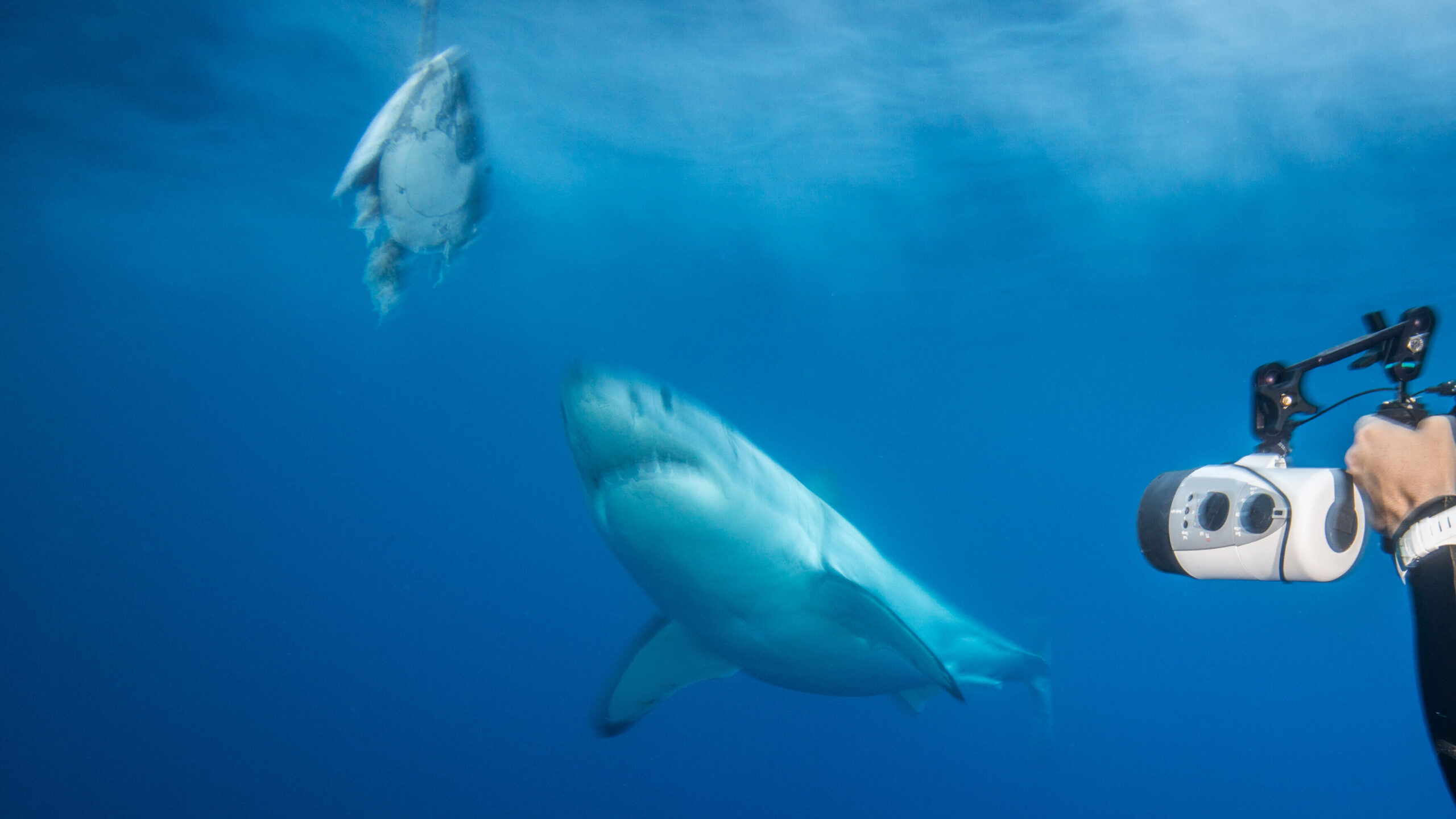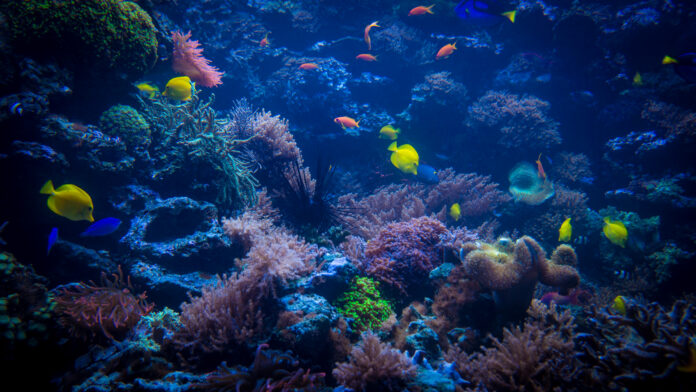By Frontpage Journal | Environment & Climate
The ocean has long been one of humanity’s greatest frontiers, vast, mysterious, and vital to life on Earth. Yet today, it is also one of the most threatened. Rising sea temperatures, plastic pollution, overfishing, and habitat destruction are pushing marine ecosystems to the brink. In this context, artificial intelligence is quietly emerging as a powerful ally in the global effort to understand, protect, and revive our oceans.
AI, once limited to tech labs and research centers, is now being deployed across coastlines, fisheries, and deep-sea missions. From tracking illegal fishing vessels to predicting coral bleaching events, AI is enabling faster, more precise, and often less invasive approaches to marine conservation.
Smart Surveillance in Troubled Waters
One of the most immediate threats to marine biodiversity is illegal, unreported, and unregulated (IUU) fishing. Traditional patrol methods are resource-intensive and often reactive. Today, AI systems can analyze satellite data, vessel movement patterns, and environmental conditions to detect suspicious activities in real time.
Platforms powered by machine learning can identify vessels that switch off their GPS or operate in protected zones. This data, when shared with coast guards or environmental agencies, enables quicker responses and better enforcement. For island nations like Sri Lanka, where vast ocean territories are difficult to monitor, these technologies present a much-needed strategic advantage.
Listening to Whales and Mapping Coral Reefs
AI’s role goes far beyond law enforcement. It’s now used to “listen” to marine life. Through acoustic sensors and AI-powered analysis, researchers can identify the calls of whales, dolphins, and even fish species. This technique helps scientists map migration routes, mating seasons, and stress signals caused by human interference. In coral reef systems, AI is being trained to detect early signs of bleaching by analyzing satellite images and underwater drone footage. These predictions allow governments and local communities to take preventive action, such as temporarily halting tourism or fishing in vulnerable areas, before damage becomes irreversible.

Cleaning the Seas with Robots and Algorithms
Marine pollution is another area where AI is making waves. Autonomous drones, both on the surface and underwater, are being developed to identify and collect ocean waste. These drones use AI to navigate currents, avoid marine life, and optimize routes for maximum debris collection.
In some pilot projects, AI-equipped robots are also being used to sort and categorize marine debris, improving recycling outcomes and feeding valuable data into plastic reduction strategies.
Predicting Climate Risk and Ocean Health
AI’s strength lies in its ability to process vast amounts of data. Climate models, ocean temperatures, phytoplankton levels, and salinity readings from multiple decades can be synthesized to forecast how ecosystems will respond to changing conditions.
In the face of rising sea levels and acidification, this foresight is vital. AI-driven models can help policymakers plan for coastal erosion, marine species migration, and the impact of temperature shifts on fisheries and aquaculture. With fisheries being a key economic driver in South Asia, such tools could safeguard both livelihoods and biodiversity.

The Promise of Inclusive Ocean Science
AI is also reshaping who gets to participate in marine science. Through citizen science apps, individuals can photograph marine animals, track pollution, or log unusual sightings. These images and data entries are then processed by AI algorithms to identify species, locations, and anomalies. The result is a more engaged public and a richer dataset for researchers.
Local communities, particularly those in coastal regions, can become active stewards of their environment with AI-enhanced tools, a development that aligns closely with the goals of grassroots conservation.
What Lies Ahead
Artificial intelligence is not a silver bullet. It cannot replace human judgment, local knowledge, or international cooperation. But as a tool, it offers a new frontier for ocean conservation, one that is faster, smarter, and capable of revealing patterns previously hidden beneath the waves.
For nations like Sri Lanka, investing in ocean-focused AI research and collaborating with global conservation networks could place them at the forefront of blue technology. With the Indian Ocean under increasing ecological pressure, the time to act, and innovate, is now.




